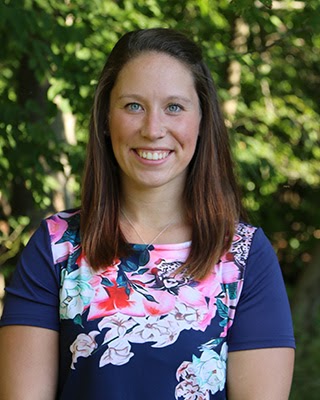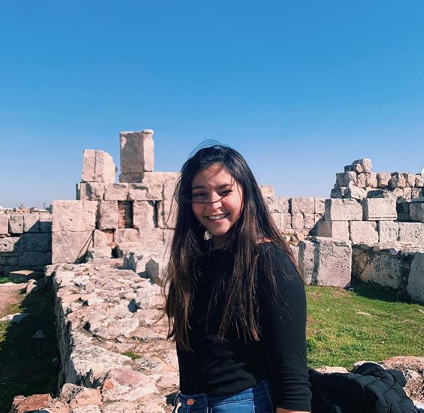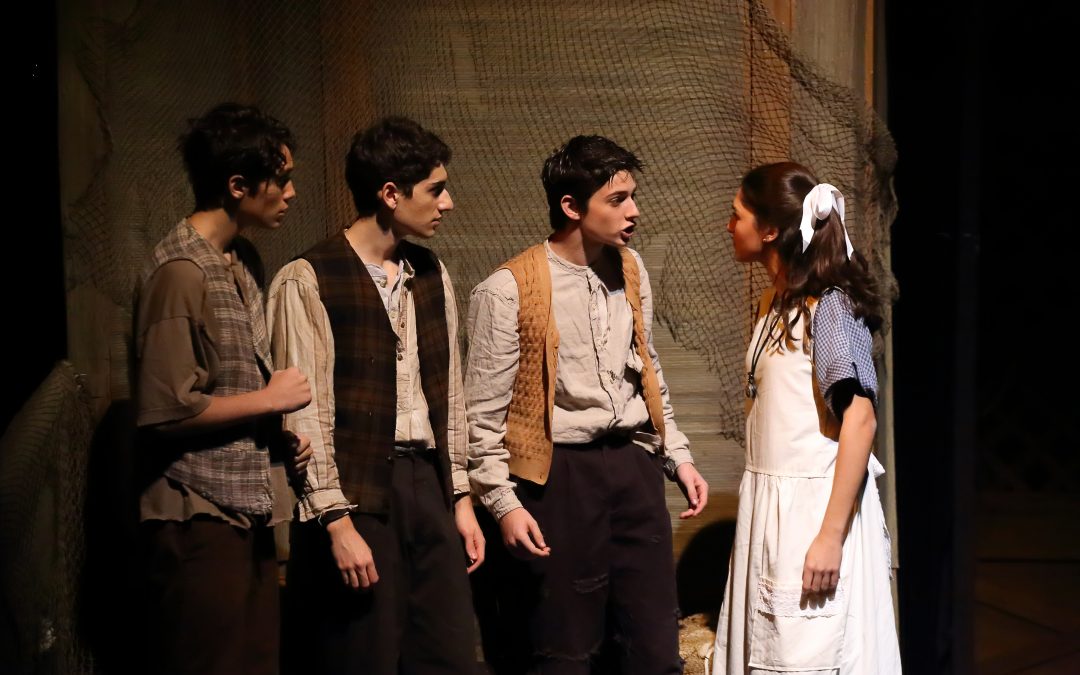
Dec 11, 2020 | Andrew Wong, Opinion
By Andrew Wong (V)
In 1991, with the end of the Cold War and the collapse of the Soviet Union, many American foreign policy scholars (most famously Harvard political scientist Francis Fukuyama) believed that the millennia of sociopolitical conflict between nation states that had defined human history were over, and that humanity had come to accept liberal democracy as the final form of government. Fukuyama argued in his book, The End of History and the Last Man, that from 1991 onward, history would be incredibly “boring,” as democracy spread around the world and human conflict would be reduced to little more than squabbles between democracies over trivial matters of trade and economics. Indeed, Fukuyama’s hypothesis held up for nearly a decade. According to Pew Research Center, democracies made up approximately 36% of nations in 1990. By the year 2000, 63% of nation states were democracies, and the number was only increasing as old authoritarian regimes crumbled and democracies came to replace them. Inter-state conflicts were, arguably, nowhere to be found. Indeed, with a new millennium upon us, it appeared that the era of great power conflict was over, and that freedom and liberal democracy would ultimately triumph over authoritarianism in every corner of the globe.
Fast forward two decades.
If there ever is to be an end of history as defined by Fukuyama, the events of the last twenty years prove it will not occur in the 21st century. The percentage of democracies around the world has shrunk from a high water mark of 64% in 2006 to around 50% today. Liberalism itself has struggled to adapt to the complexities of the times, especially during the COVID-19 pandemic, as we see democratic nations struggle between balancing freedom and their citizens’ health while authoritarian states tout their success in combating the pandemic by completely suppressing their citizens’ basic freedoms.
Along with exposing major flaws within liberalism, COVID-19 has accelerated the start of a power competition between a liberal United States and illiberal Communist China. If there was any hope left for detenté between these two nations prior to the pandemic, COVID-19 has completely killed that off. The symptoms of this new conflict are all here: the end of a free Hong Kong, the U.S. government’s attempts at banning TikTok and other Chinese social media apps, the Chinese government’s encroachment upon the sovereignty of various Indo-Pacific nations, the beginnings of a 5G and AI technology arms race; the list goes on and on.
The recent release of the State Department’s policy planning paper, The Elements of The China Challenge, not only serves as additional confirmation that a new reality of a great power competition is upon us, but it also provides a framework for how America’s foreign policy should be modeled in the years to come if we wish to defend the global liberal status quo against a belligerent Chinese government. To that end, it identifies several objectives the United States must accomplish, namely:
- The United States must be prepared to maintain freedom and democracy at home and abroad amidst the challenges of the Twenty-first Century.
- The United States must cooperate with its allies in order to preserve the free, open, and rules-based international system that has guaranteed freedom, peace, national sovereignty, and human rights since the end of World War II.
- The United States must educate American citizens about the scope of the China challenge, while also training a new generation of American students capable of not only understanding Chinese language and culture, but also the languages and cultures of other friends or adversaries.
The reality of this new global paradigm for us Gen Z-ers is a sobering one. The chapter of world peace created by the triumph of liberalism in 1991, which endured throughout our childhoods, has been shattered by the COVID-19 pandemic and left liberalism bruised and battered. I believe a new chapter of history is beginning as you read this very article, and it is not one of peace, but of great conflict between the United States and Communist China.
Our childhoods are over. I don’t think there will be peace in this world until one side wins in this new Cold War. Rather, I believe that as the pandemic subsides, we now live in the shadow of the US-China conflict, which will come to define the 21st century forever.
The Founding Fathers coined the phrase “United We Stand, Divided We Fall”, and I believe their words could not be truer today. If we continue down this path of great division, be it Democrat vs Republican, Rich vs Poor, Old vs Young, divisions that have already tested liberalism to its very brink amidst the chaos of the pandemic, our nation will fall as the great empires of antiquity did. I feel that we must, for our sake, for our children’s sake, find a way to mend these divides that continue to rot the very foundations of America each and every day. Only then can we firmly defend liberal democracy and finally condemn authoritarianism to the scrap heap of history where it deservedly belongs.
If government of the people is truly humanity’s destiny, I think that the events that occur in the years to come will either make or break that truth. Let us endeavor to ensure that this belief is correct.
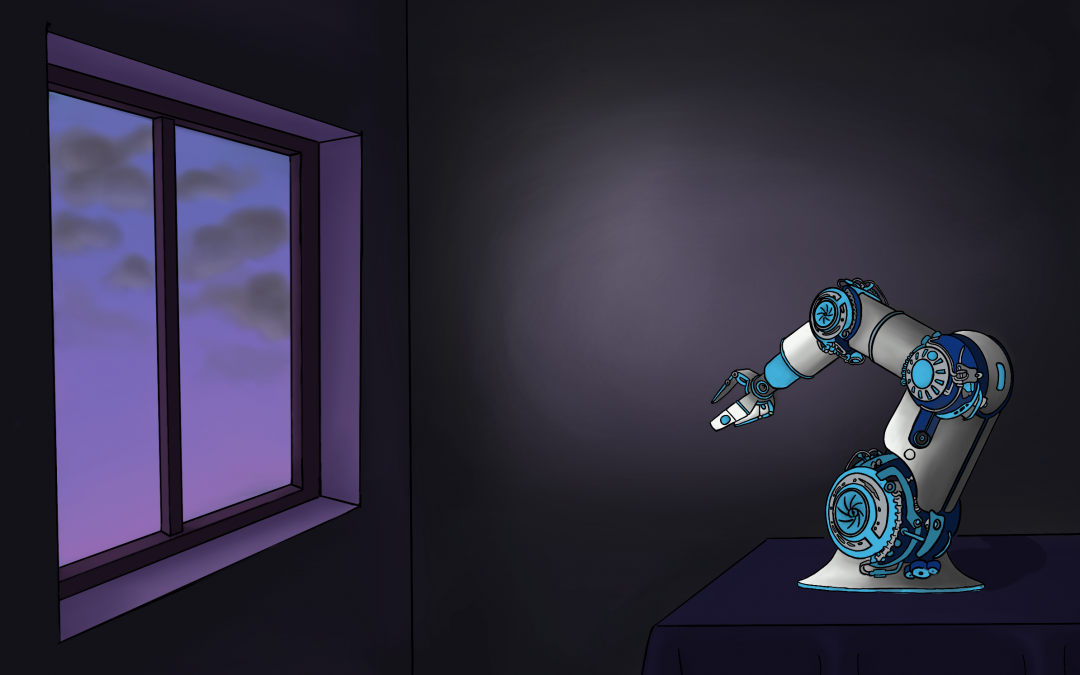
Dec 10, 2020 | Monica Chan, Opinion
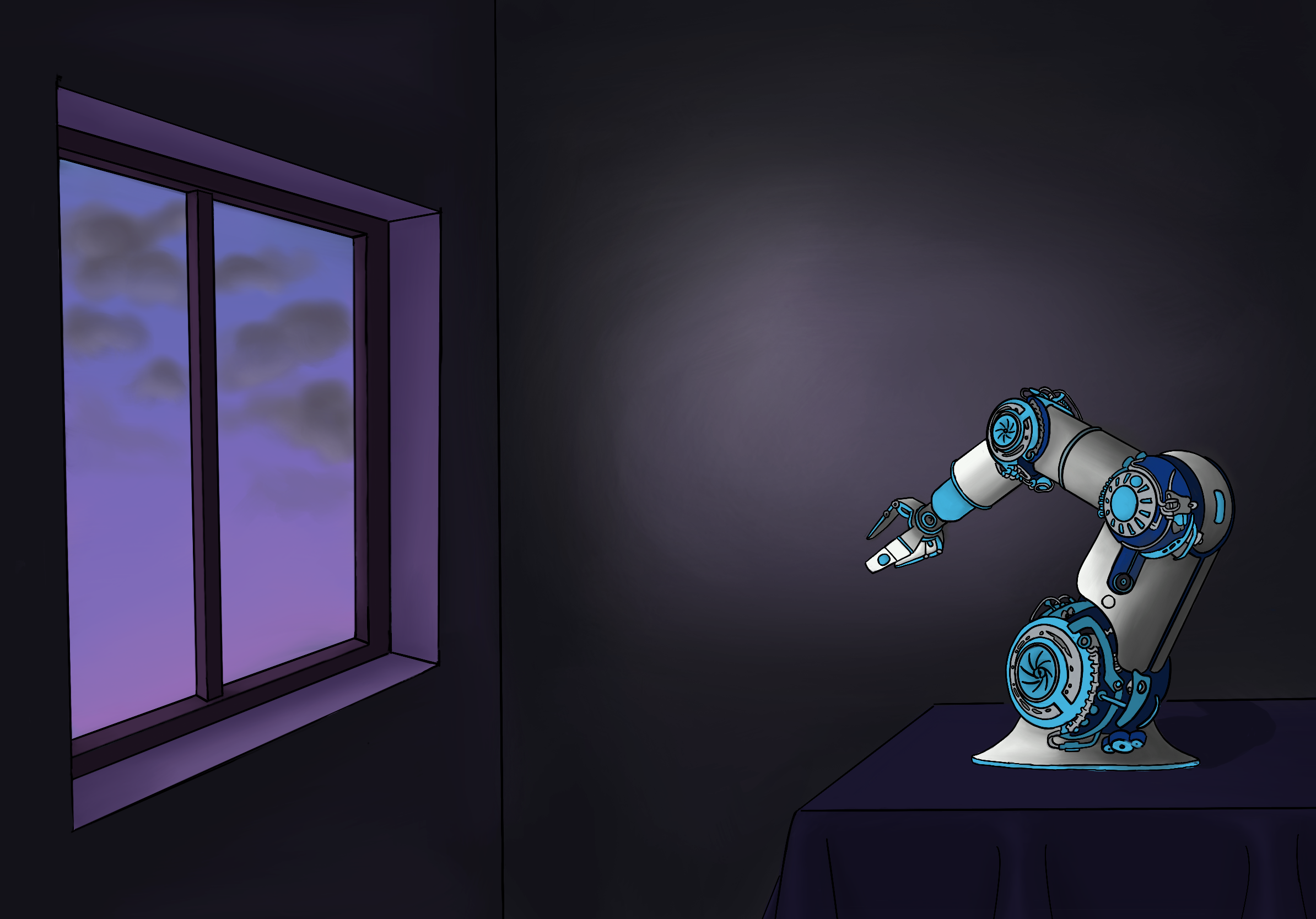
By Monica Chan (VI)
On Friday, the thirteenth of November, I had a free period first block. My mom told me to “drive safely, it’s Friday the thirteenth.” The night before, our robot had run into a few bugs, so I decided to use my free period to go into school and try some fixes. I was really groggy that morning, bitter about sacrificing the extra hour of sleep I could have gotten as I sipped my coffee driving to school. As I turned on the robot, I posted an annoyed selfie on my private Snapchat story, captioning it, “Why am I here?” I then put my phone down and proceeded to test my code. It was all still normal.
When the announcement was made that we were transitioning to fully remote learning, our robotics team worked in a frenzy. In a blur, we packed away the necessities, and I pulled my car around to the arts wing to load it up with everything we thought we might need in the next month. As I drove out of the familiar Pingry driveway, the sun was just setting, the sky a depressing shade of purplish grey. The time was 4:58, the first day that week I’d headed home before 5:30. It was during that drive home that it all settled inside my mind. I thought back to that picture I had posted on my private story, and a sense of regret swelled inside me. I thought to myself, “This morning may have been my last normal hour of robotics.” That’s when I realized the false sense of security that had brewed was suddenly gone. I felt the bottom of my stomach drop to the floor.
As a junior during the initial lockdown, I thought that at least the 2020-21 school year would be normal. I’d still have a chance to savor that last bit of high school life. I’d treasure it. I wouldn’t complain again about the long hours and the late nights. Yet, as school started, we all fell back into the pattern of complaining about our coursework, the face shields in AP Physics, and how Computer Science now took second lunch. We droned on the things we had all missed about being at Pingry. We hadn’t savored it, even though we had all said that we would. We became absorbed in ourselves again. Returning to school gave us a false sense of security about high school and our stay there. All too soon, the awe of our return wore off and we returned to our normal habits and dreaded class. My annoyed expression on my story exemplifies that idea. In retrospect, I regret posting it, and complaining about the extracurricular I had so sorely missed during the full lockdown.
Friday, November 13th, 2020. We all knew something unlucky was going to happen, but it wasn’t the fact that Pingry closed. It wasn’t the fact that our team was going to miss our robotics competition, or that Form VI would miss our in-service day the next Monday. It was the universe telling me I hadn’t kept my promise. It was showing the entire community how delicate our bubble really is, how fast it can all evaporate.
The robot sits near my workspace in the kitchen now, along with boxes of materials that we still have labeled from our trip to the 2019 World Championships in Detroit, a much simpler time in retrospect because we didn’t have to savor it as we had promised to do now. The robot is a physical reminder of the normalcy of school that I try to emulate at home, just like the rest of us are attempting to build our own Pingry bubble at home. Except there’s no laughter from my team, no frustrated sighs when the machines don’t work, no amusing confused expressions of the freshmen when code doesn’t work as expected. And that gap can’t be filled when we are remote. You can’t reform a bubble when it is popped; you can only blow a new one.
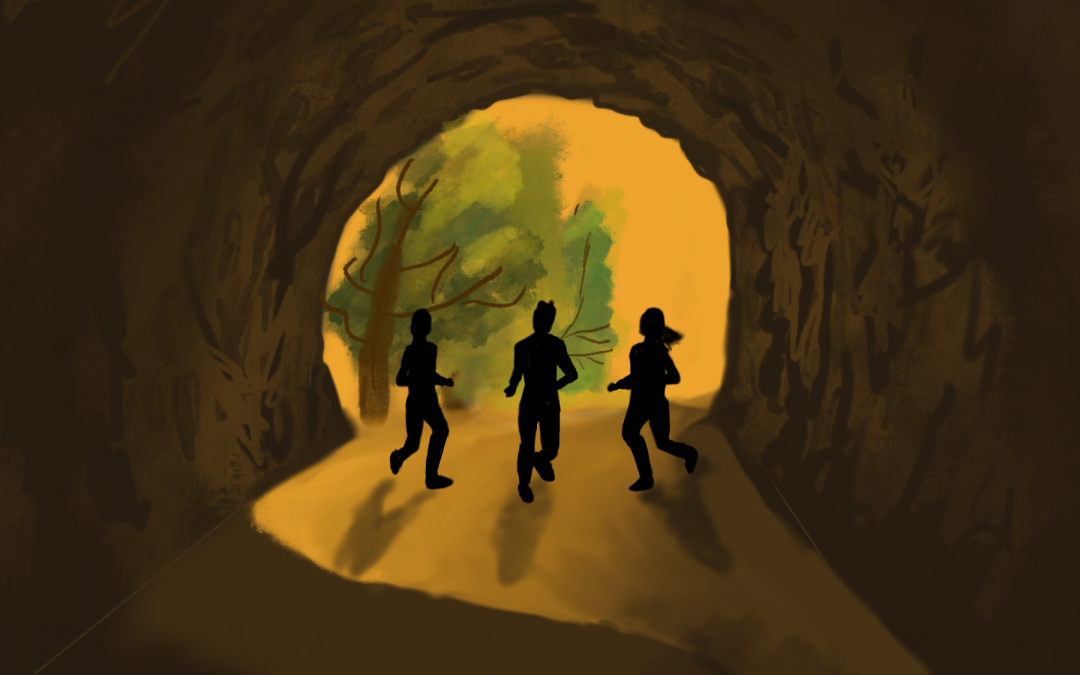
Dec 10, 2020 | COVID-19, Emma Drzala, Opinion
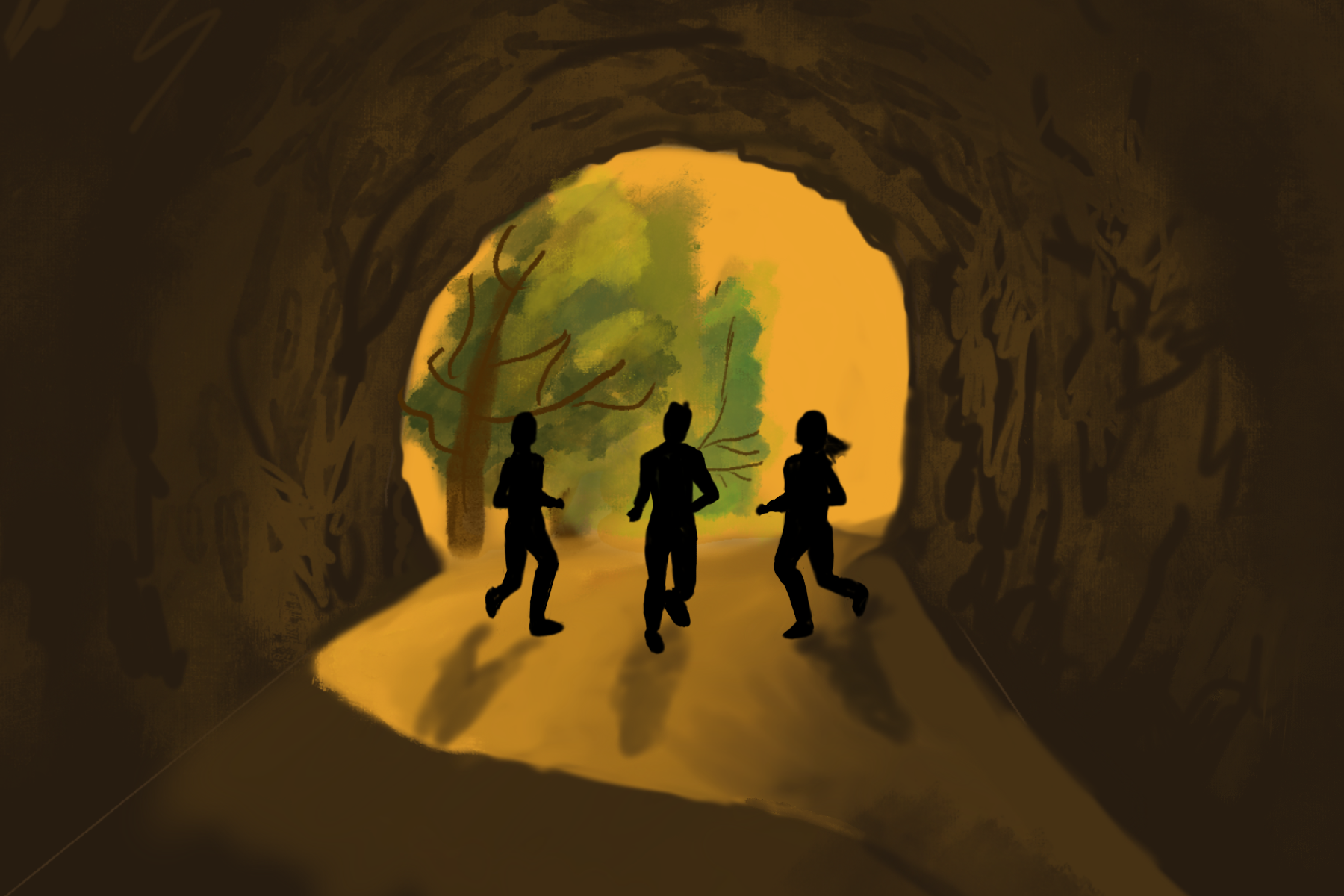
By Emma Drzala (V)
March 13, 2020: a day that will never be forgotten, not only at Pingry but across the nation. On that day, Pingry students were celebrating the news that school would shut down for a couple of weeks following spring break, as a result of the COVID-19 pandemic. Everyone was naïve to the situation around them; nobody could truly predict what was to come. We all thought we would be back in school by April or May, and that the shutdown was just a two-week extension to our break. We all gleefully walked out of school, not knowing that we would not return for half a year.
Two weeks turned into a month. A month became three months. School got out. Summer passed. Still, no end to the pandemic in sight. We came back to school with masks and shields. Still, no sign of the pandemic being over.
Just as we were prepared to give up all hope and accept the fact that the pandemic was our new normal, and that we would forever be confined behind our masks, shields and plexiglass prisons, Pfizer Pharmaceuticals announced a groundbreaking development on November 9th: they had finished developing a vaccine with a 95% effectiveness rate.
After the initial excitement surrounding this positive news died down, my mind bustled with questions. I wondered when the vaccine would be available to the general public, how many people would actually trust its reliability, but most importantly: would life finally, after so many agonizing months of quarantine, return back to normal? Would I finally be able to walk into school without scrambling to finish my pre-screening form? Could I finally eat lunch with my friends without being reprimanded for sitting less than six feet apart?
Although on first thought, the vaccine seemed to be the ultimate end-all for this virus, I realized that this was simply wishful thinking after months in quarantine and away from my friends.
We have to acknowledge that a vaccine may not live up to the hefty expectations the American public has placed on it. There is a high probability that mask-wearing and social distancing measures will still be enforced. During this pandemic, I have longed for a return to school in-person, and the empty and frankly depressing experience of online learning has only cemented this desire even more. The media and our politicians love espousing how the COVID vaccine will prove to be a silver bullet to the entire pandemic and ultimately, this mess of a year. But, let’s be pragmatic here. I do remain optimistic that this vaccine will bring back a degree of normalcy to our lives. Having a portion of the population, especially our most vulnerable citizens (seniors, frontline workers, doctors, etc.), will significantly mitigate the most serious risks of the disease. But with such limited distribution currently, this vaccine is no magic wand. If we take a look at the maladies of history that humanity has successfully defeated, such as polio, measles, and smallpox, nearly 80% of the population had to be vaccinated or develop immunity in order for these diseases to be vanquished. If we are to reach the said 80% of herd immunity, issues with storage and production, along with a sizable population of Americans unwilling to take the vaccine due to its experimental nature, will persist for weeks and months after the vaccine first comes out. These issues certainly hamstring our efforts, leaving a significant portion of the population vulnerable for quite some time.
So as pharmaceutical companies and the FDA begin the long-awaited distribution of vaccines, we must not fall into the trap of believing that we are entirely done with this horrible virus. Yes, there is a light at the end of the tunnel, and it is a miracle of science that American pharmaceutical firms have been able to develop the vaccine in such a short period of time. It is tantalizing to let down our guard at this juncture. But we cannot. We must be aware that until virtually every person in the United States has received the vaccine, COVID and the resulting regulations we have come to loathe this year will still linger. So let’s stick to these rules for just a couple more months and not let our guard waver. We have been forced to endure these rules for a year already, so several weeks will not hurt. We will be back together soon with our friends, under the sun, with no masks on and not socially distanced.
We are almost there. We just need to keep it together for this final sprint. Wear your masks. Spread out. Stay safe. There is finally a light at the end of the tunnel.
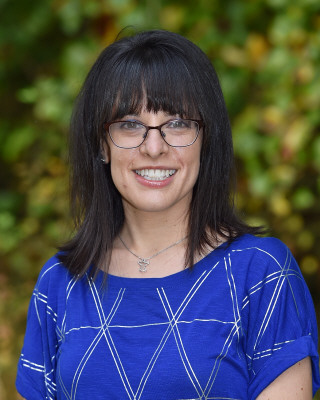
Dec 10, 2020 | Mirika Jambudi, New Faculty
By Zoe Wang (V)
Pingry welcomed Dr. Pamela Longo in January, 2020; as a result, she was able to settle into the community before online learning took place and has “ridden the wave of the COVID experience.” Dr. Longo has loved her time at Pingry and especially enjoys working with her students and fellow faculty members. She commented on how she appreciates “how welcoming everyone has been to me over the last several months, despite all of the uncertainty at home.”
Dr. Longo is a member of the Upper School English Department, where she is currently teaching English 10, American Literature, and Contemporary Short Story. In addition to teaching English, Dr. Longo is a co-advisor to the Christian Affinity Group.
Dr. Longo attended Drew University as an undergraduate, where she received a B.A. in English. She then continued her education at the University of Connecticut, where she obtained a M.A. and a Ph.D. in Medieval Studies. Before coming to Pingry, Dr. Longo taught English at the secondary and college level.
Coming from a family of teachers, Dr. Longo was inspired to follow their lead and start teaching herself; she saw the influence her mother had on students and wanted to have an impact as well.
Dr. Longo wishes to share her love of learning with her students and hopes that they gain an appreciation for the power of literature. She believes that “literature has value for us by grounding us and giving us a sense of our common humanity.”
In her free time, Dr. Longo loves to read anything she can get her hands on. She also continues to academically write and enjoys playing the piano.
Welcome to Pingry, Dr. Longo!
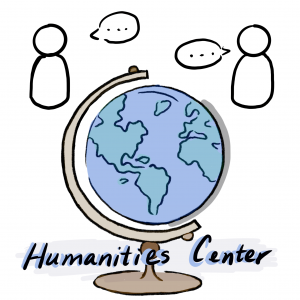
Dec 10, 2020 | Clubs, Emily Shen, School News

By Emily Shen (V)
It is that time of year again: the Humanities Center is now open! As the School continues to experiment with Pingry Anywhere, students are looking for the best ways to seek academic help outside of class. Although beneficial, it can be difficult and intimidating to sit down with a teacher over Zoom. For this reason, Sam Wexler (V) and Emily Shen (V) have decided to open the Humanities Center as a resource for Pingry students.
Wexler and Shen designed the Humanities Center around the realization that connecting with peers can be extremely beneficial to learning. Whether that be working on projects together, or last-minute cramming, hearing a friend’s way of thinking can help retain information a lot better.
In a year of instability, the leaders believe that academic support among peers is more important than ever. The Humanities Center aims to accomplish this by assisting students in their History or World Language classes. The tutors are a group of qualified students who have taken a specific history or language class within the last year, and have a thorough understanding of the material from that class. Through the Humanities Center, they will utilize their knowledge to help each student in a timely manner. Whether the student has a simple question, or needs more extensive help reviewing the class materials for an upcoming assignment, the tutors will be able to provide the appropriate help. Given the protocol for club meetings this year, all help will be carried out remotely; the designated tutor will connect with the student via email or set up a Zoom meeting to ensure that the student’s questions get fully answered.
The Humanities Center is a safe space for all students to receive the help they need in their History and World Language classes. We encourage students to make use of the Humanities Center as an additional resource to the academic support provided at Pingry. If you would like to learn more about where you can access the Humanities Center, feel free to click on the announcement on Pingry Today, where you can find a request form. If you are interested in joining us or have any other questions, feel free to email eshen2022@pingry.org or swexler2022@pingry.org for more information!
Dec 10, 2020 | Clubs, Mirika Jambudi, School News, Sidebar News
By Mirika Jambudi (IV)
On November 20, Pingry students participated virtually in the Princeton Model Congress (PMC), originally scheduled to be held in Washington, D.C. PMC, the oldest model congress in the country, provides students the unique opportunity to learn about and experience the American legislative process.
Unlike most Model Congress conferences, PMC is unique in that students are not assigned a member of the U.S. House of Representatives or Senate to represent at the conference. Instead, students arrive at the conference with pre-written bills, which they then debate and amend in their committees, with the ultimate goal of passing them. Students can write bills on any topic that falls under their committee’s scope and take whatever stance they would like in the discussions.
Despite the virtual format, students engaged in extensive policy debate and ultimately walked away with a greater understanding of the process that goes into passing legislation. Vared Shmuler (IV) stated that he “had lots of fun, despite the virtual format.” Olivia Roure-Singh (IV) said that “though this was [her] first conference, it was still a very engaging and informative one.”
A special thanks goes out to Dr. Megan Jones and Dr. Gillian Johnson for organizing and coordinating Pingry’s participation in the virtual conference, especially in the midst of all the scheduling changes.
Ultimately, the conference was a success for Pingry students. They were able to participate in a lively and exciting weekend filled with lots of debate, and they are looking forward to returning (hopefully in-person) to Princeton Model Congress next year.
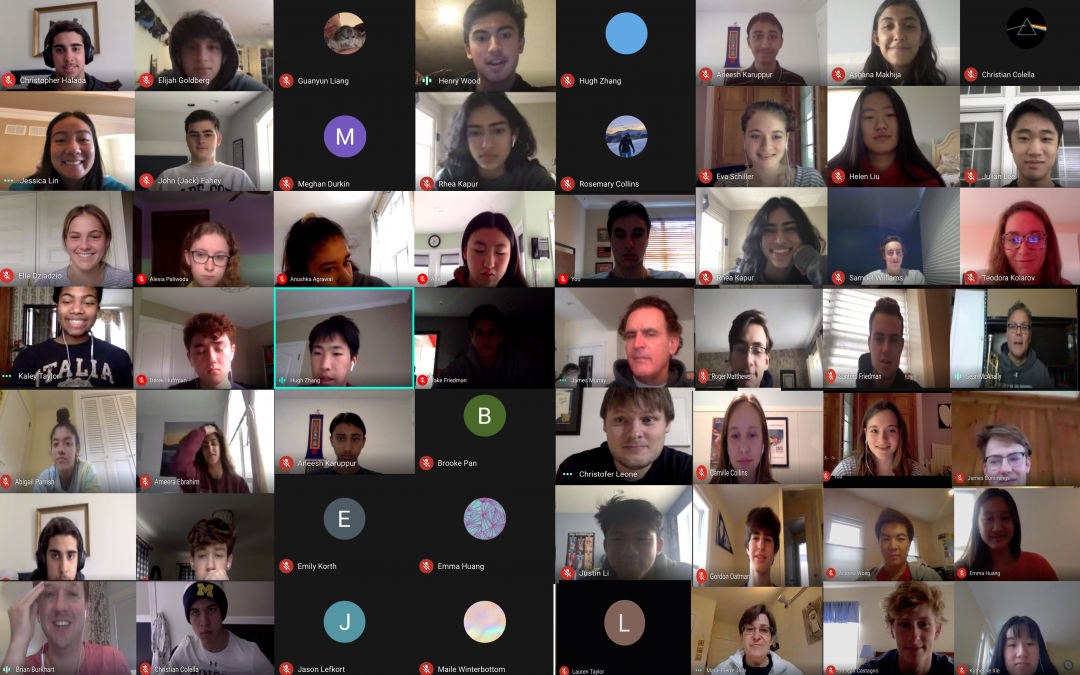
Dec 10, 2020 | COVID-19, Emily Shen, Front Page News, School News
By Emily Shen (V)
In early November, as the number of COVID-19 cases continued to spike in New Jersey and across the country, members of the Pingry community wondered whether the school would transition to fully remote learning. And it did. On November 13, Head of School Matt Levinson sent out an email to the Pingry community addressing the operational status of the Basking Ridge Campus. From that date through the week after Thanksgiving break, the Middle and Upper Schools would transition to all-online instruction. According to Mr. Levinson, this was a difficult decision based on numerous factors, including case numbers at Basking Ridge and concerns about travel during the holiday season.
Many members of the Pingry community expressed a lack of surprise by the School’s decision. Leila Elayan (V) was expecting Pingry’s decision to shift to remote learning the week before Thanksgiving due to “the steady increase in cases in the area and nationally.” Moreover, the increasing number of students who were contact-traced was another salient indication of the impending shutdown. According to Lailah Berry (V), “a lot of students and staff were contact-traced after Halloween, so going fully remote seemed like a necessary precaution,” especially with the prospect of folks visiting family over Thanksgiving break.
Last spring, Pingry transitioned to remote learning for almost a whole semester, but for many, the remote experience feels different this year. Teachers spent a lot of effort over the summer experimenting with remote learning and are now much more prepared. When asked about her classes as compared to those back in March, Sarah Gagliardi (V) said, “I think since then we’ve managed to fully adapt to the idea of learning and working remotely, because, this school year, the idea of being fully remote is not as new or surprising as it was last spring.” She continued that “because this is not the first time we’ve gone completely virtual, it has given the Pingry community more time to prepare and work out the flaws in the process.”
Although the community is more prepared this academic year, some students still find remote learning to be exhausting. As teachers assign roughly the same workload they would if students were in school, students find screen time to be one of the biggest challenges of remote learning. “Remote learning is still exhausting,” agreed Sam Wexler (V). “I spend around ten hours on my laptop pretty much every day, partially because of classes, but also because nearly all my work is online.” However, given the nature of remote learning, there isn’t a lot that the teachers can do to improve screen time exhaustion. Most teachers have adhered to the “45-minute synchronous class” rule, but asynchronous work can still get overwhelming since most materials are still online. “I would rather we just have class for the full hour and five minutes, as whatever asynchronous activity we do is always on the computer anyway,” said Kristin Osika (V).
In this era of uncertainty, members of the community have learned to appreciate the time they spend together in person. Many students who experienced both remote and in-person learning actually preferred classes to be fully remote rather than a hybrid model. “I much prefer it when everyone is home instead of the hybrid. I like it when everyone is pretty much on the same page and I don’t have to fear missing out,” said Elayan. Christine Guo (V) agreed, adding, “it was difficult to participate in class since half of us were in person and the other half were not. Once more of the class became remote, it wasn’t a problem.” Despite this, most students still hope to be together in-person again. Emma Drzala expressed that “in-person was definitely a better learning experience. Teachers could carry out more activities, especially in STEM classes.”
When discussing Pingry’s reopening plan after Thanksgiving, many were cautiously optimistic. Although the school has done everything it can to take health precautions, other factors, such as national COVID-19 case numbers and local guidelines, may affect the plan moving forward. However, although students and faculties could not all be in person, Pingry is still holding on. With the holiday season coming up, it is important to appreciate the efforts and progress that everyone is making. Stay connected and stay safe.
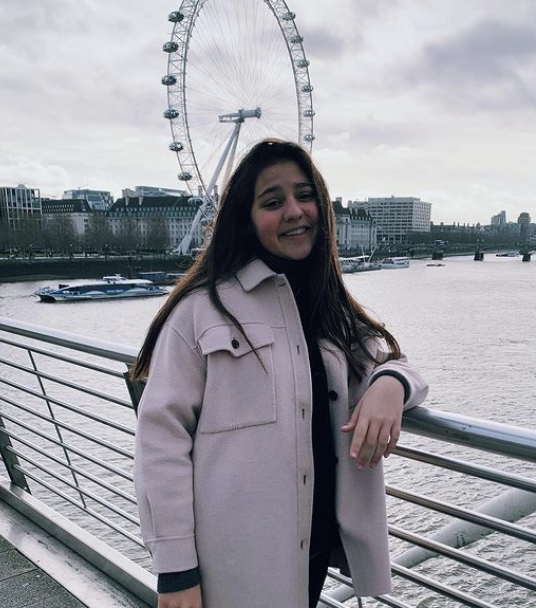
Dec 2, 2020 | Staff, Staff Profiles
Emma Drzala ’22 is a copy editor and has been writing for the Record since her Freshman year prior to becoming part of the editorial team in her junior year. She loves to write opinion pieces, as they are a way to integrate controversial topics into everyday student life at Pingry. Emma studied in Jordan for a year, and in her free time, she loves playing tennis and listening to music.
Dec 1, 2020 | Aneesh Karuppur, Columns, Technology
By Aneesh Karuppur (VI)
For the latest issue of the Record, the Tech Column returns to cover all of the important tech updates that you should know!
First, what’s going on in the Student Technology Committee (STC), Pingry’s student-run organization for the promotion of technology? STC is excited to welcome a new class of members once the application review is completed. Meanwhile, innovative STC projects are hitting the ground running, with detailed plans for the new school year. The teams this year include 3D Printing, Code Team, Communications, Help Desk, and others. Especially given remote learning considerations, STC’s techxpertise will have an increased relevance this year in classrooms.
In the broader world of tech news, one of the most notable releases has been the iPhone 12. Apple likes to come up with puns and taglines for each product generation, and the iPhone 12’s is, “It’s a leap year.” Aside from the fact that 2020 is almost over and 2021 is not a leap year, the iPhone 12, iPhone 12 Pro, and the iPhone 12 Pro Max all attempt to hit the same wow that the iPhone X did when it launched. Physically, all three phones now have a boxy and more rectangular shape, some interesting colorways, and a new, more durable glass. The bezels (area surrounding the screen) have been reduced, bringing the design more in line with other full-screen smartphones; however, the famous notch from the X still remains. Arguably the most important feature is the inclusion of 5G, the next-generation cellular technology network. Several other smartphones, including direct competitors from Samsung, already had 5G capabilities; Apple is a little bit late to the party here, but it seems that this is the headlining feature of the new device. Other goodies include Apple’s ever-impressive chips (A14 Bionic in this iteration) and a lot of new photo technology: a LiDAR scanner (for augmented reality, a field that Apple still seems to be building out), better High Dynamic Range, some major improvements to night photography, and significant technical improvements in video.
In non-Apple news, the Department of Justice has sued Google for alleged monopolistic practices. Working with eleven state Attorneys General, the suit is strikingly similar to the Microsoft antitrust case in the 1990s. Both concern forced product placement on company-owned platforms; in this case, its Google’s search engine on Google-owned Android and the deals with manufacturers surrounding these placements. This is the first major antitrust suit in the modern Big Tech era; Apple, Amazon, Facebook, and Twitter have all been probed and attacked for alleged monopolistic practices in much smaller cases. If the Google suit is legally sound, it could have serious repercussions for these companies and how their different product ecosystems interact.
Game consoles have also been a major theme this summer––specifically, the competing Xbox Series X and the Playstation PS5. The former is Microsoft’s offering, and it distinguishes itself by offering more than just a gaming experience. It streams, shops, and plays games, demonstrating a trend in the tech industry of addressing numerous aspects of the user’s online life in one bundle. The PS5 is very similar, just with a new and different controller, as well as some small potential boosts to performance. Importantly, both consoles could feasibly compete with high-performance gaming computers, as both feature comparable processing, graphics, storage, and output. We have to wonder if the computer or the console will become obsolete first.
That’s all for this issue! As technology has an increased importance nowadays, remember to get your screen breaks and do non-tech-related things every so often.
Dec 1, 2020 | Columns, Monica Chan, Music
By Rhea Kapur (VI) & Monica Chan (VI) We’ve reached that dreaded first semester of senior year. While our lives seem to be drowning in the realization that we have no idea who we are (but are expected to tell colleges exactly who we are), it is difficult yet even more necessary to find solace in daily comforts. The one constant comfort, besides the shared empathy of our fellow 21’ers and teachers, is music. We bring you a joint music column to share our college application playlists.
Monica:
When looking to get inspired to write my college essays, I like listening to songs with heavy background instrumentals and introspective lyrics. My first song is “When You Come Home” by Rich Brian. This song is written from a parent’s perspective, “So one day, if you find your way, I’ll be waiting for you . . . I got all these questions to ask but I’ll save them for when you come home.” My parents have always been the most present people in my life, and so writing college applications is surreal not only for the reason that I am embarking on the next chapter of my life, but also the realization that my parents will have to watch me from afar.
My next song choice is “Streetcar” by Daniel Caesar. This song was originally written by Kanye West, but I prefer the slower and more melodic version by Caesar. One of the most difficult parts of the application season for me is grappling with a sense of finality. We’ve prepared our entire high school lives for this time, “Let me know, do I still got time to grow? Things ain’t always set in stone, that be known let me know . . . see I know my destination, but I’m just not there.” At this in-between teenager and adult age, we’re beginning to forge our own futures while trying to understand who we are; these events happening simultaneously make it all the more difficult.
“Nights” by Frank Ocean is a slight wildcard. The first time I heard this song I was sitting in the backseat of my friend’s car on the way to someone’s house and we were on Route 287 when someone said, “Wait for that beat drop . . .” There was something magical about it being nighttime and zooming down at (legal) highway speeds surrounded by the laughter and company of my friends that I find relatively comforting reflecting on now. Maybe it’s because we can’t hang out with the same liberty we used to have, and those memories are all the more precious.
Rhea:
When I write, I focus on flow. I study how each sentence glides into the next, I listen to the melody two words sing when side by side, and I observe how each thought fits with every other to form a whole, defined piece. I like to think that how I approach the art of writing – my style – tells just as much of a story as the words do themselves. For me, when it comes to college essays, that’s generally “in media res” storytelling to start, then half stream-of-consciousness reflection, half punchy declaratives. Recently, I’ve designated Spotify’s “Nightstorms” playlist as the soundtrack to my late-night writing sessions. It features recordings of every type of rainstorm imaginable, and in nearly every possible setting; there’s “Thunderstorm in the Cabin,” “Monsoon Storm,” “Lightning Strikes at the Farm,” and even “Oregon Rain.” The storms lift me out of the scramble that is everyday life, offering an escape from the minutia and creating the perfect, focused environment for essay writing. I’m fascinated by how different they sound across the world; Indonesian rainstorms are thundering, intense, incessant downpour, while Swedish ones gently patter along, each large droplet claiming its own, distinctive splash. Every storm tells its own story. And they remind me, too, to write my own stories – to lift my admissions reader into a faraway land where the lighting strikes and little details I craft make all the difference.
Monica mentioned introspection, and I agree; it’s an essential part of the essay writing process. I turn to Lana Del Rey for inspiration in this regard. As an artist, she is intimately comfortable with herself, with natural, human uncertainty. In “Born to Die,” she sings: “Sometimes love is not enough and the road gets tough – I don’t know why.” In “Freak,” it’s “Looking back, my past, it all seems stranger than a stranger.” Seniors, who can’t relate to that one!? Del Rey’s voice brims with feeling; listen to how she sings “Ground control to Major Tom, can you hear me all night long?” in “Terrence Loves You.” Her songs build slowly to a close, a finish that is not always final. I see them as the embodiment of a dream – an imperfect, messy, wonderful subconscious world. It’s exactly where I find myself when brainstorming. At times, I’m in the lows, forehead against the cool countertop, reminding myself that, like Del Rey, it is okay – good, even – not to know, not to be okay. At others, my fingers fly across the keys to keep up with my thoughts, chasing the high of the dream and the height of introspection. Lana Del Ray is every end of the spectrum; seniors, it’s okay for us to be, too.










